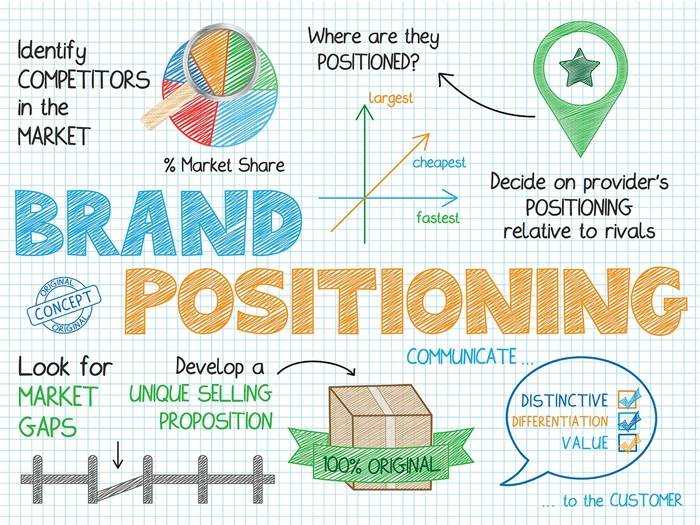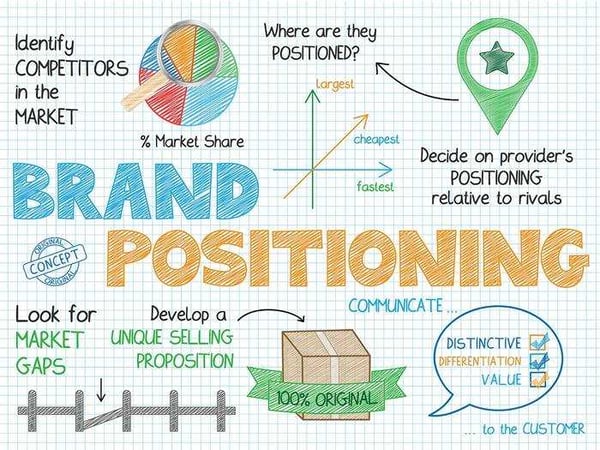Vua khóa học xin hân hạnh chia sẻ Khóa học Brand Positioning Strategy Design: Thiết kế Chiến lược Định vị của giảng viên Nguyễn Quang Hiệp
Xin lưu ý: Nếu bạn có điều kiện, hãy mua khóa học gốc để ủng hộ tác giả và đội ngũ làm khóa học để họ có thể mang tới nhiều hơn những khóa học chất lượng nhé!
Giới Thiệu Khóa Học

Nội Dung Khóa Học
Buổi 1 – Introduction1.1 – Vietnam Business Landscape1.2 – The Evolution of Marketing Skill Set1.3 – Strategies in Brand Marketing1.4 – Handout (full)Buổi 2 – Brand Positioning Fundamental2.1 – How Humans Perceive the World2.2 – How Consumers Perceive the Brand2.3 – Define Strategic Attributes2.4 – How to Check Consumer Perception about AttributesBuổi 3 – Relationship between Brand Attributes and Human Needs3.1 – 3 Kinds of Human Needs3.2 – Roles of Brand Positioning in Customer Journey3.3 – Example (Beer Market) & SummaryBuổi 4 – From Brand Positioning Strategy to Brand Implementation (Brand 6P/ 7P)4.1 – Nature of Brand Implementation4.2 – From Brand Positioning Strategy to Brand Implementation4.3 – From Brand Positioning Strategy to Brand Identity4.4 – Example: Laundry detergent, Fashion, Coffee shop4.5 – 4 Principles of Building Brand AttributesBuổi 5 – Target Consumer Group vs. Current Consumer Group5.1 – Target Consumer vs. Current Consumer Groups5.2 – Example (Clear and Ben & Tod) & SummaryBuổi 6 – Brand Positioning Strategy Design Process: Market Definition6.1 – Brand Positioning Strategy Design Process6.2 – Market Definition6.3 – Market Definition: Example6.4 – Market Definition: Exercise6.5 – Product Segmentation6.6 – Consumer Segmentation6.7 – Category Segmentation6.8 – Example (Casual Sneaker) & SummaryBuổi 7 – Brand Positioning Strategy Design Process: Target Consumer Profile & Insight (Pain / Gain)7.1 – Core Target Consumers & Their Profile7.2 – Consumer Insight: Example7.3 – The Nature of Consumer Insight7.4 – Research Methodology & SummaryBuổi 8 – Brand Positioning Strategy Design Process: Brand Concept Design8.1 – Root Strength8.2 – Brand Essence8.3 – Brand Benefit8.4 – Reason-to-believe (RTB)8.5 – Values, Beliefs & Personalities8.6 – Product Philosophy8.7 – Discriminator/ Unique Selling Point


 (182 đánh giá)
(182 đánh giá)












![Khóa Học Trở Thành Một Siêu Sao Livestream [ Đơn Giản Ai Cũng Làm Được ]](https://imagedelivery.net/aXueHOobW3aL_CnLPhCXPw/ac43aee6c1aae95b1ff380ed752c862f.jpg/w=500)
![Khóa Học Quảng Cáo Tiktok Shop Phương Pháp 3R [1000 Đơn / Ngày] Cùng Phan Đức Nho](https://imagedelivery.net/aXueHOobW3aL_CnLPhCXPw/c06f23d32c5f27427fab58bd2bf71602.jpg/w=500)





![Khóa Học Viết Content bằng AI [Content Web, Social, Kịch Bản Video] Cùng Phạm Đăng Định](https://imagedelivery.net/aXueHOobW3aL_CnLPhCXPw/d4f529fcbea64945def8dbcb90260172.jpg/w=500)
![Share Khóa Học Dropship [ Đỉnh Cao] Kiếm Triệu Đô Cùng Hà Nhất Anh](https://imagedelivery.net/aXueHOobW3aL_CnLPhCXPw/e3bcb878b90d4b0f95815aa561df76d1.jpg/w=500)











